Tag: Patent Registration
-
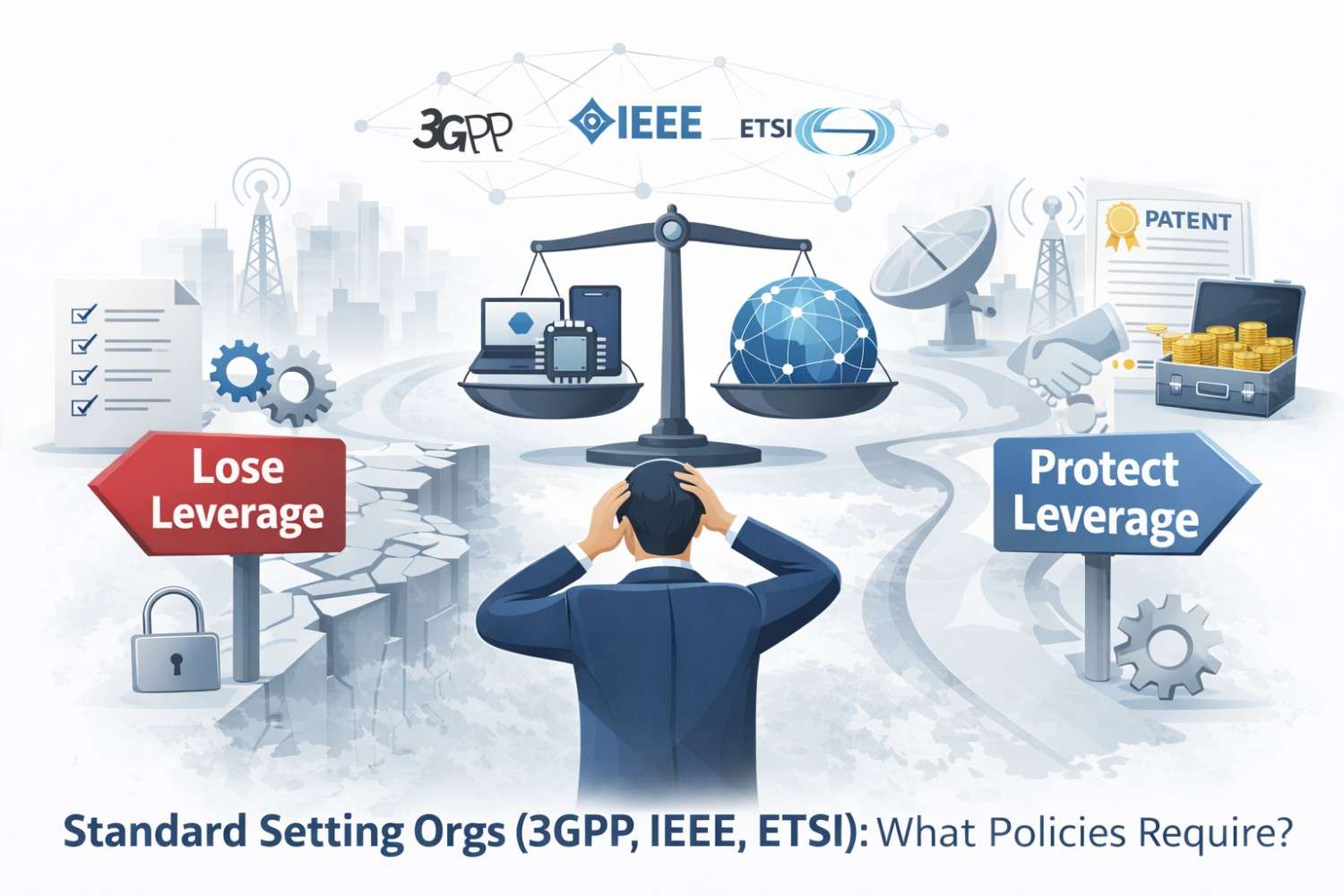
Standard Setting Orgs (3GPP, IEEE, ETSI): What Their Policies Require
If you are building real tech, not slides, not hype, but actual systems that talk to other systems, then standard setting groups already affect you. Even if you have never heard of them. Even if you never planned to deal with them. The moment your product touches wireless, networking, video, hardware, or core software, you…
-

NPEs in the SEP Space: Risk Management for Implementers
Let’s start with the truth most founders never hear early enough. If your product touches standards like 5G, Wi-Fi, video, or codecs, you are already on someone’s radar. Not because you did something wrong. Not because you copied anyone. Simply because standards attract patents, and patents attract money. This article is about a quiet but…
-
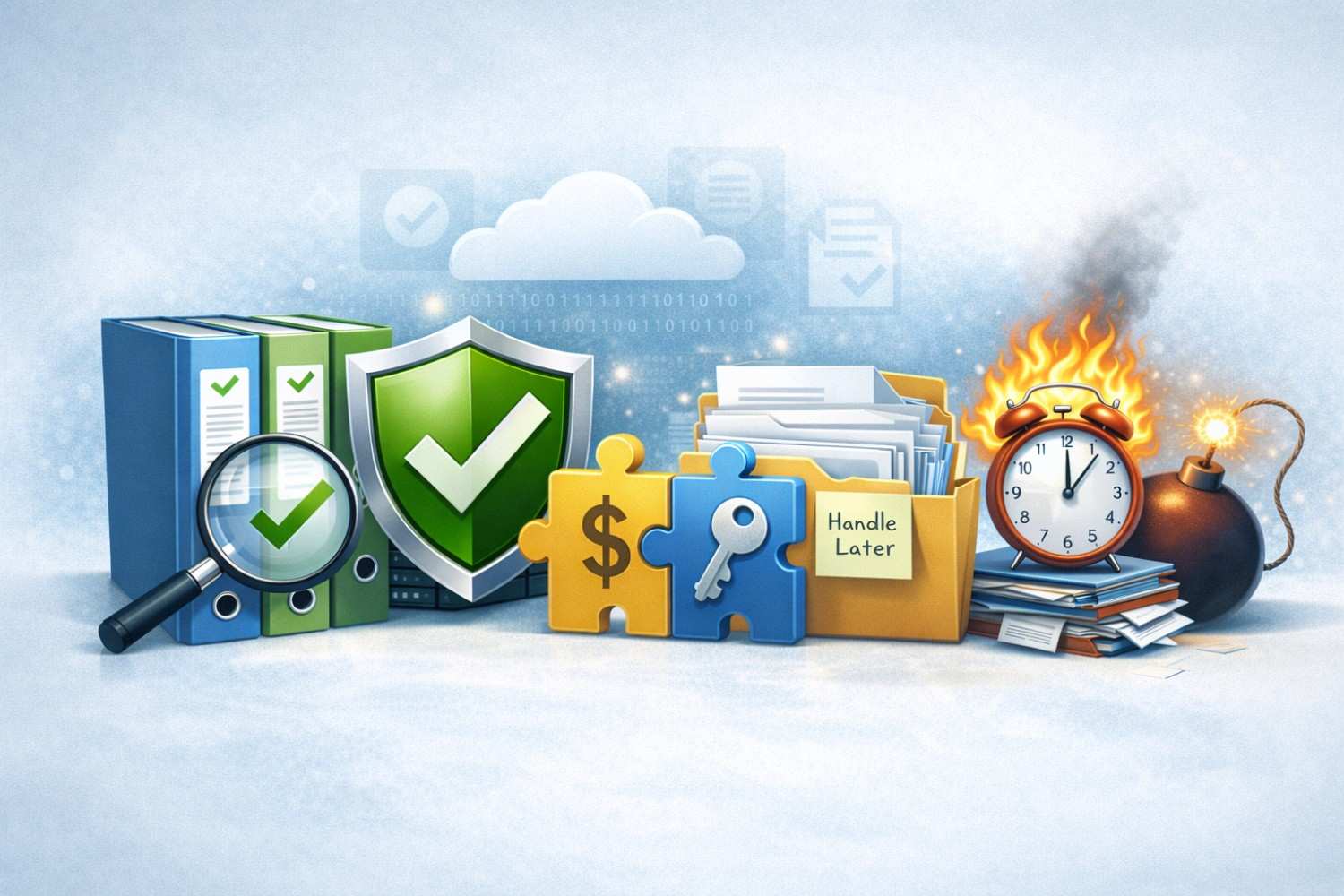
Compliance Programs for SEP Users: Record-Keeping That Saves You
If you build products that use standard tech, you already live in a world of rules. You may not like them. You may not think about them every day. But they are there, and they can hurt you if you ignore them. This article is about one thing only: how simple, steady record-keeping can protect…
-
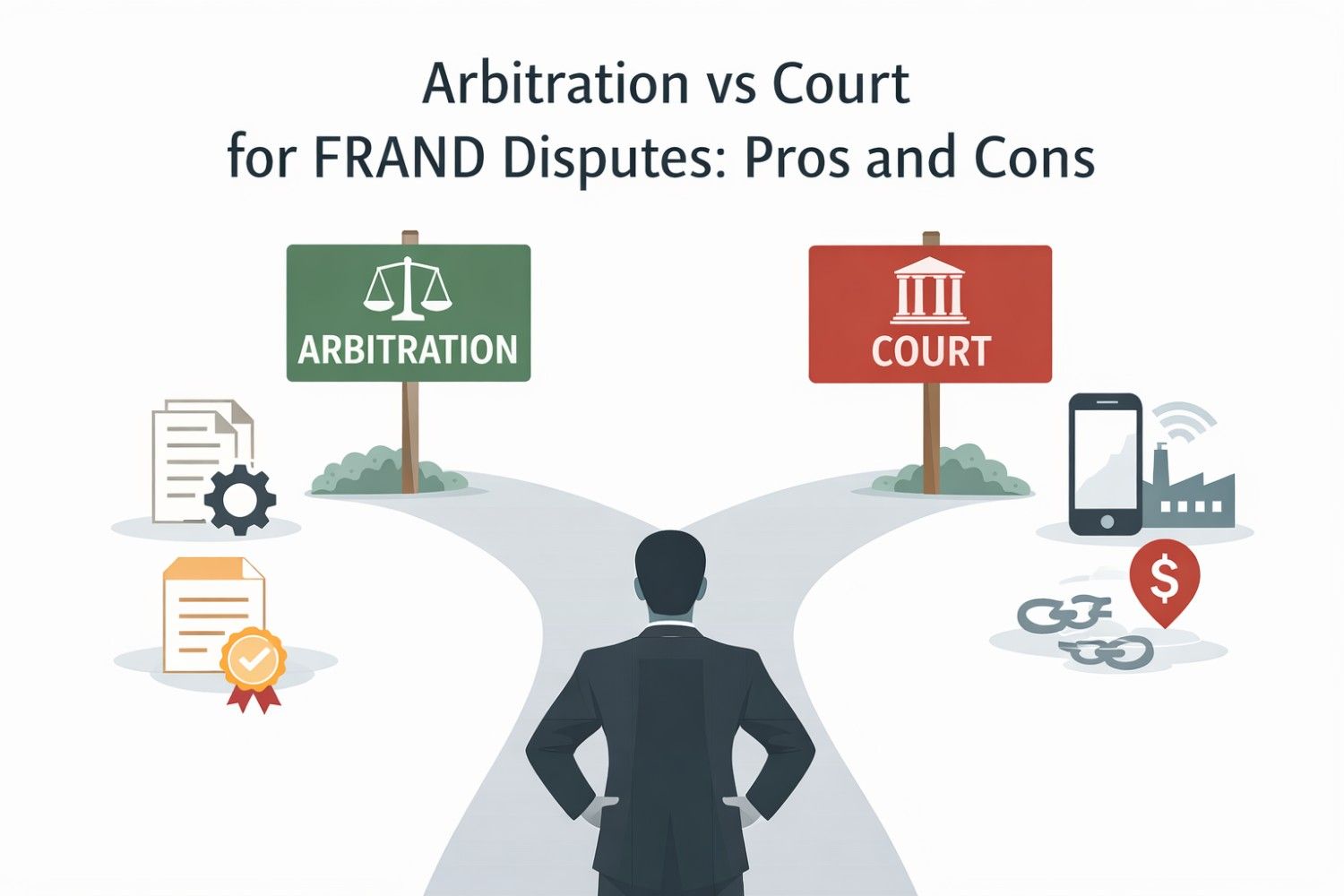
Arbitration vs Court for FRAND Disputes: Pros and Cons
When a company builds technology that becomes part of a global standard, patents turn into power. But they also turn into pressure. FRAND disputes sit right at that pressure point. They decide who gets paid, how much, and how fast. They can shape the future of a startup or quietly drain it dry. Most founders…
-
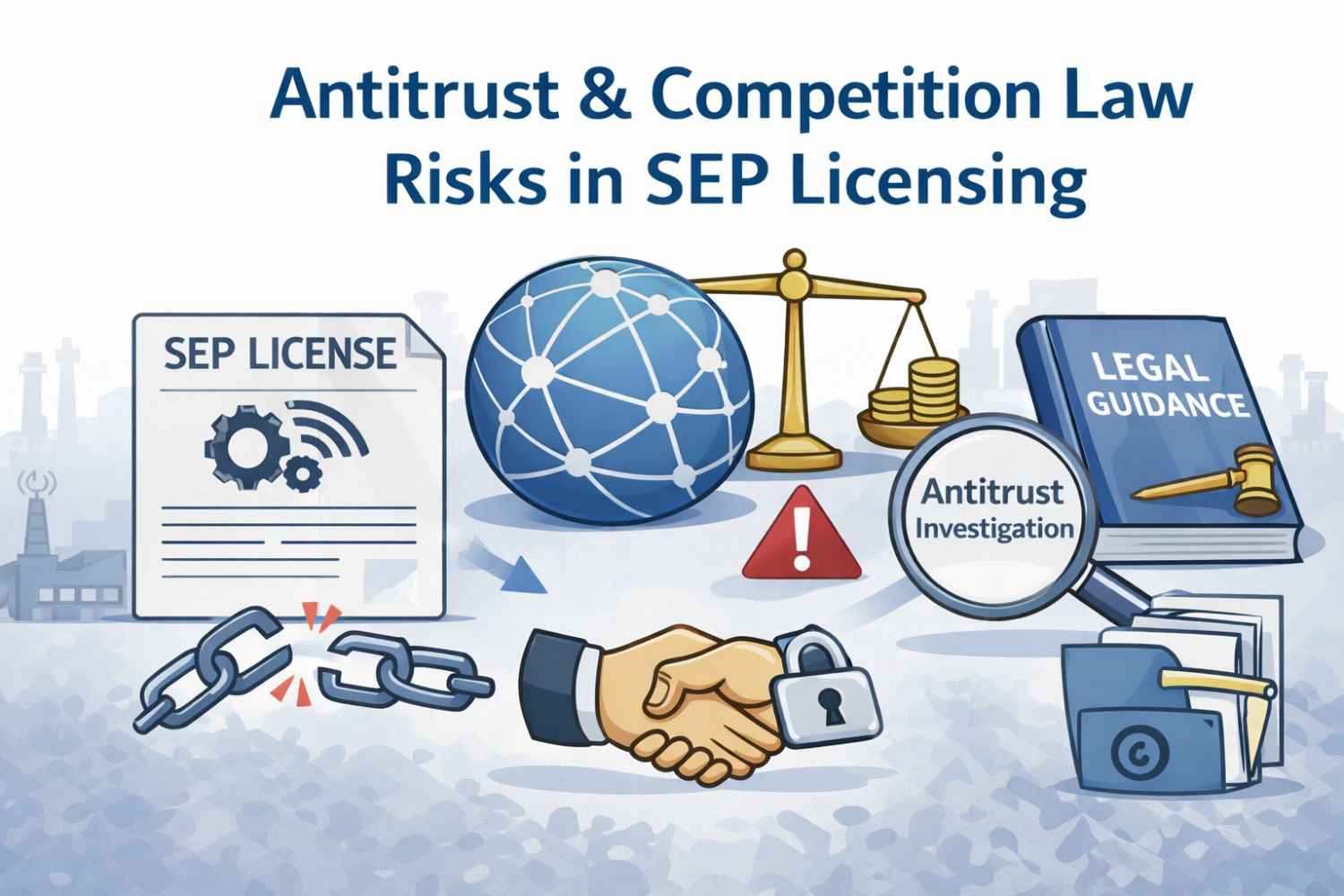
Antitrust & Competition Law Risks in SEP Licensing
Standards shape almost every modern product. Phones talk to towers. Cars talk to roads. Software talks to hardware. None of this works without shared rules, called standards. And behind many of those standards sit patents. These are called standard-essential patents, or SEPs. If you build tech that touches a standard, SEPs are part of your…
-
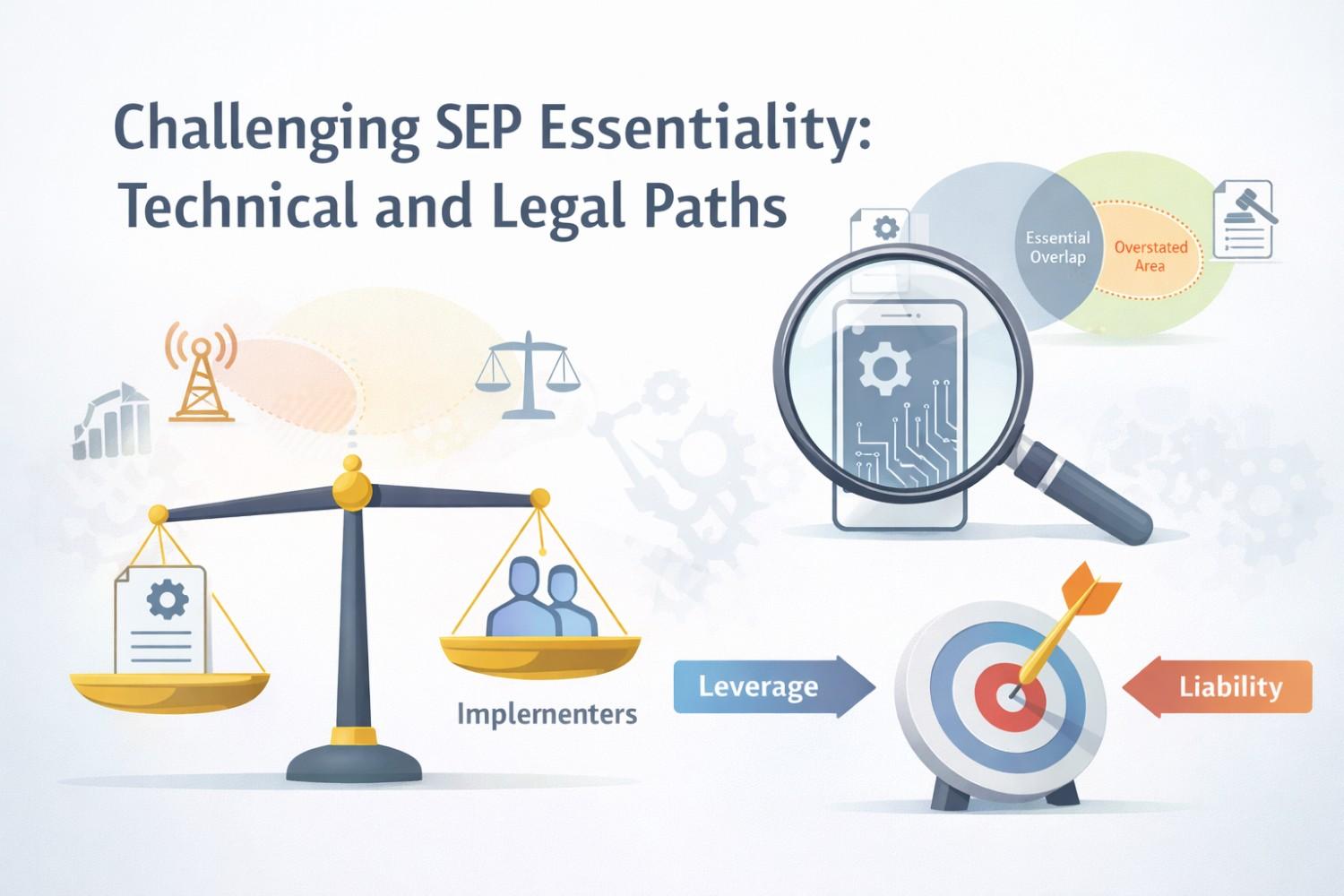
Challenging SEP Essentiality: Technical and Legal Paths
If you build real tech, you will run into standards. And if you run into standards, you will run into SEPs. Standard Essential Patents sound scary, expensive, and unavoidable. Most founders assume they must accept them as fact and just pay up. That belief is wrong. SEP essentiality can be challenged, and strong companies do…
-
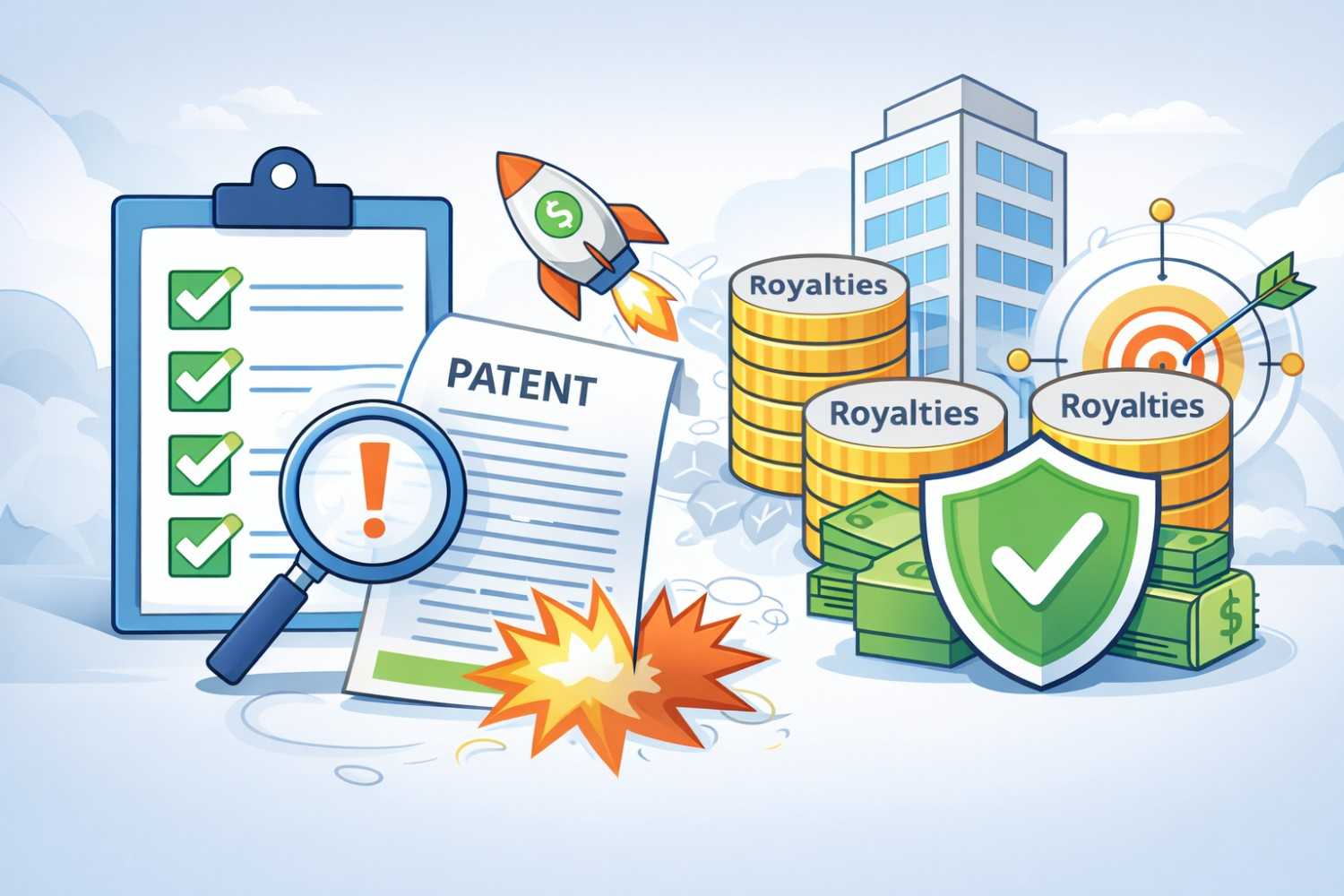
Royalty Stacking: How to Prevent Rates from Blowing Up
Royalty stacking is one of those quiet problems that can sink a great product without anyone noticing until it is too late. It does not feel dangerous at first. It sounds small. A few percent here. A few percent there. But if you build on top of many patents, those small numbers can pile up…
-
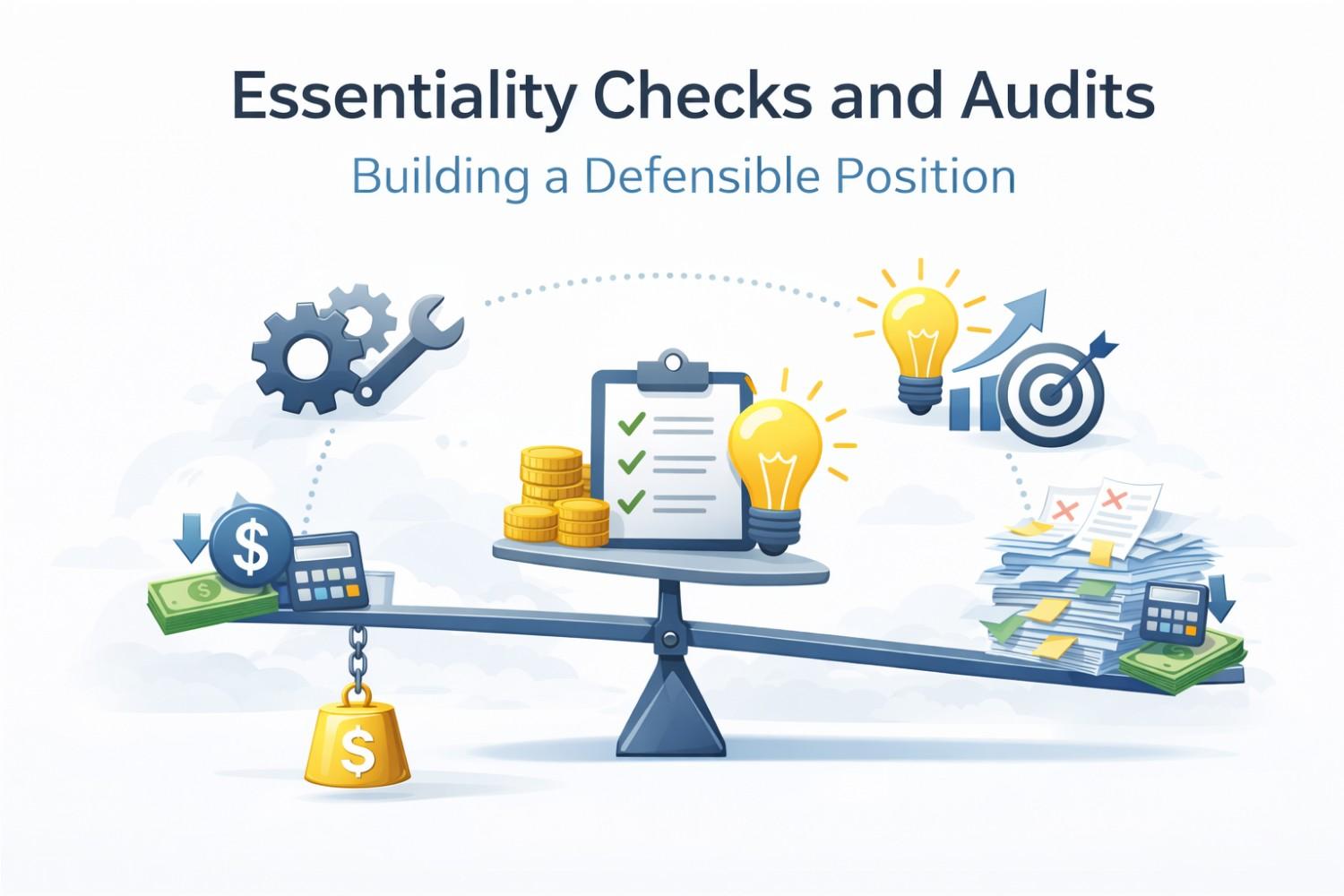
Essentiality Checks and Audits: Building a Defensible Position
Most founders do not lose IP because their idea was weak.They lose it because they never checked what really mattered. Essentiality checks and audits sound heavy and slow. They are not. At their core, they are simple questions asked early, while you still have control. What part of what you built truly matters? What parts…
-
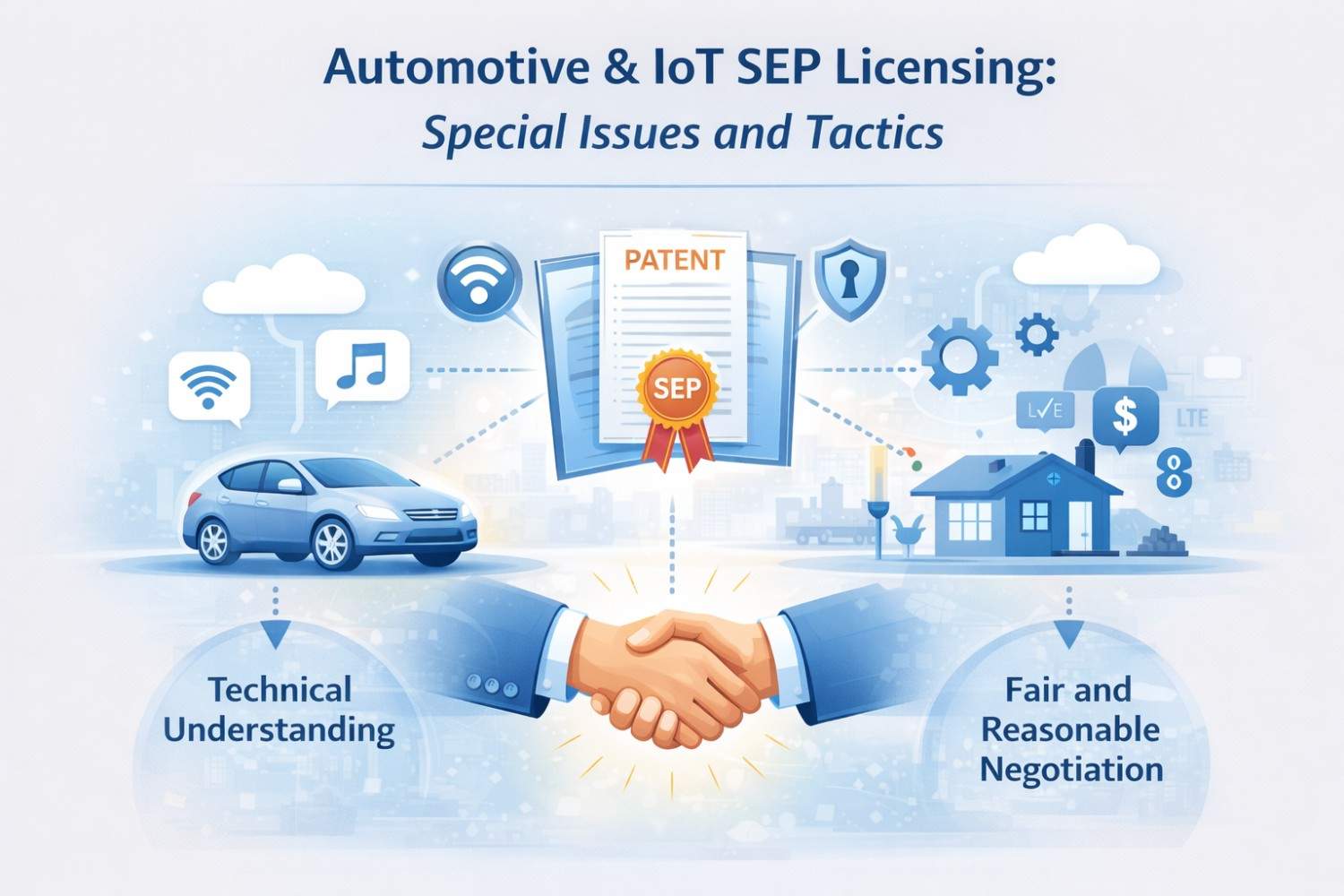
Automotive & IoT SEP Licensing: Special Issues and Tactics
Cars are no longer just machines. They are moving computers. Sensors, chips, wireless links, and software now run almost every part of a modern vehicle. The same is true for IoT devices. From smart meters to factory robots, everything talks, listens, and updates over the air.This change created massive value. It also created massive patent…
-

Small Implementer Guide: FRAND for Startups and SMEs
If you are building a real product and plan to sell it at scale, you will run into patents you do not own. Some of those patents are tied to industry standards. That is where FRAND shows up, often without warning. Most founders hear the word only when there is already a problem. This guide…